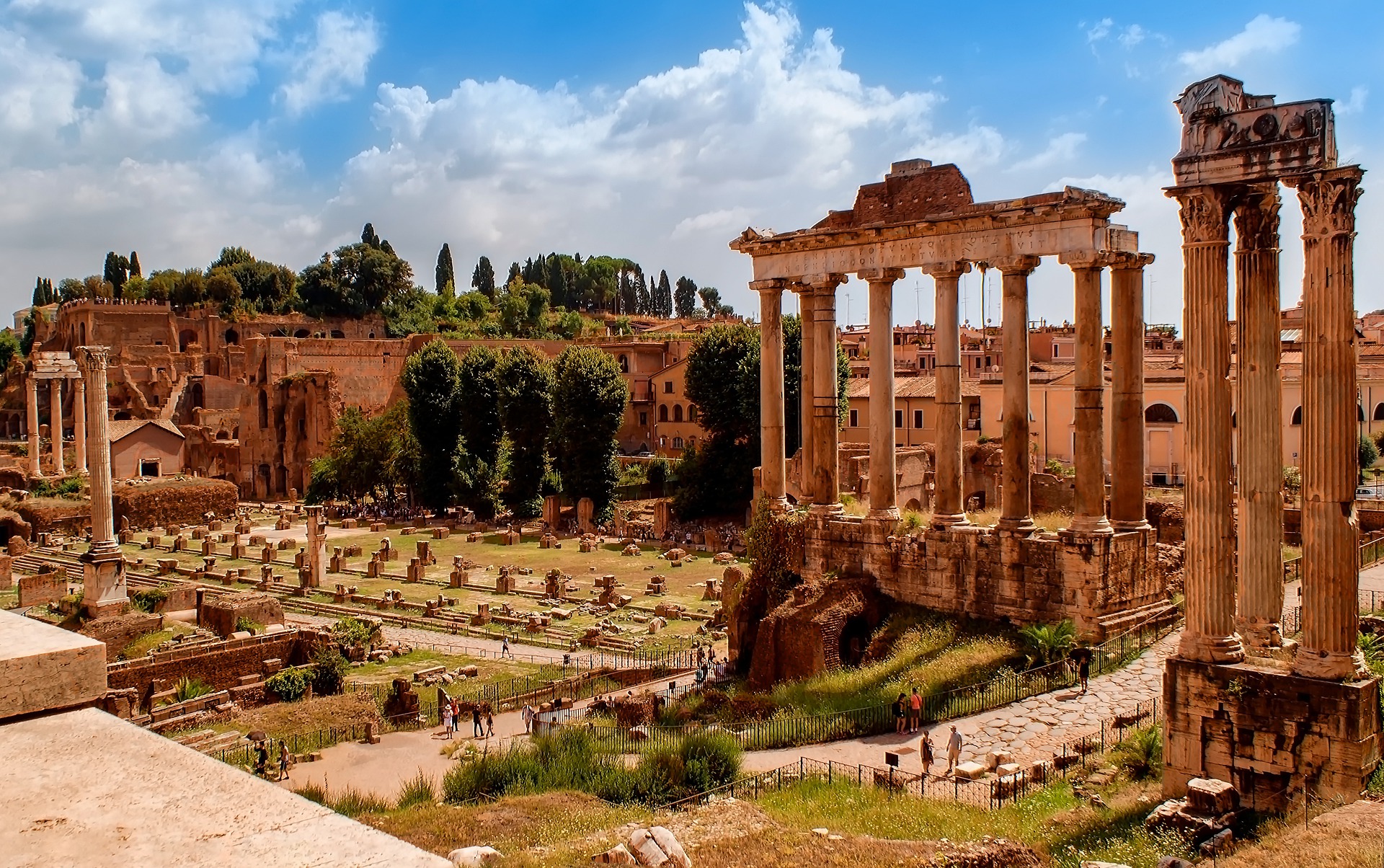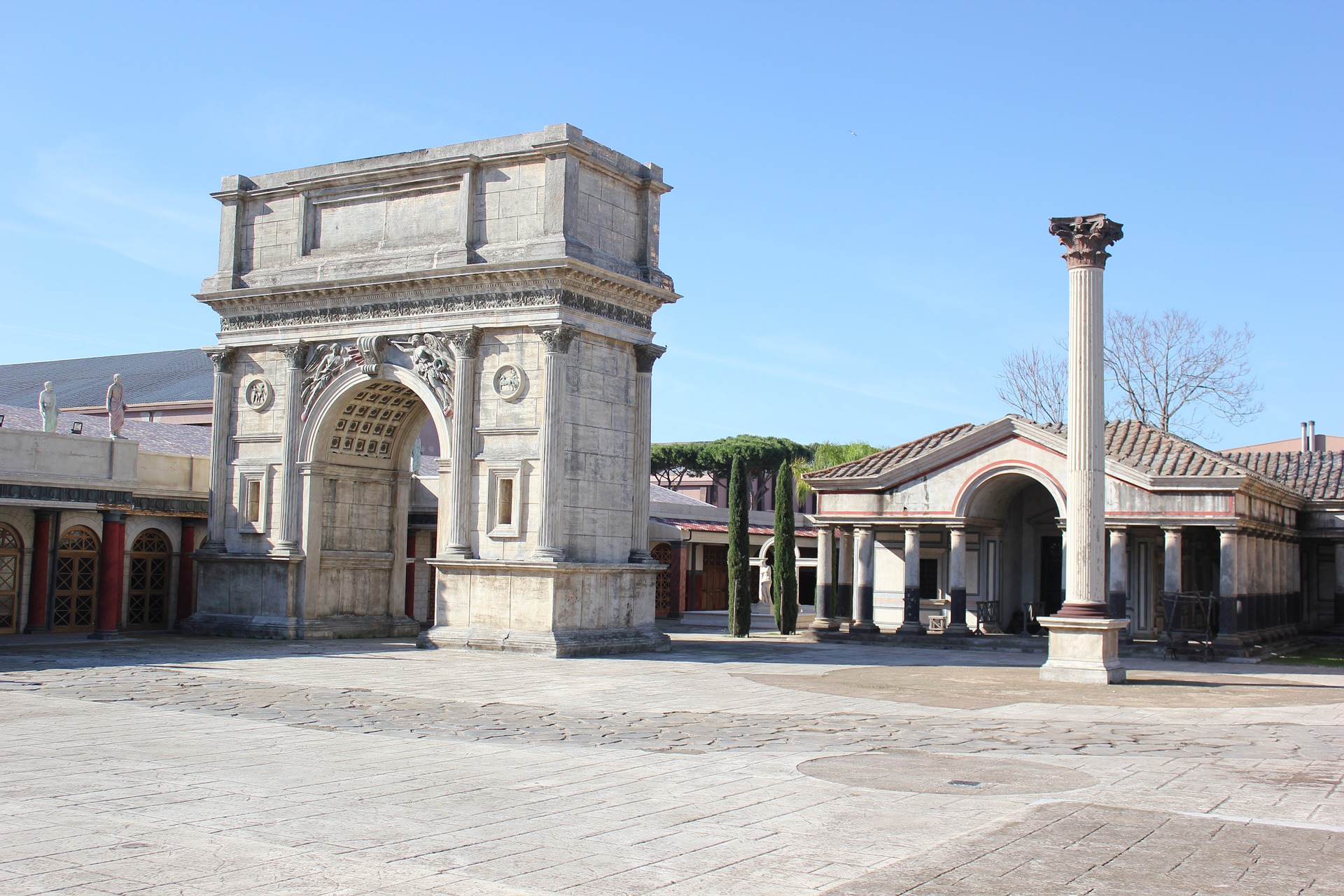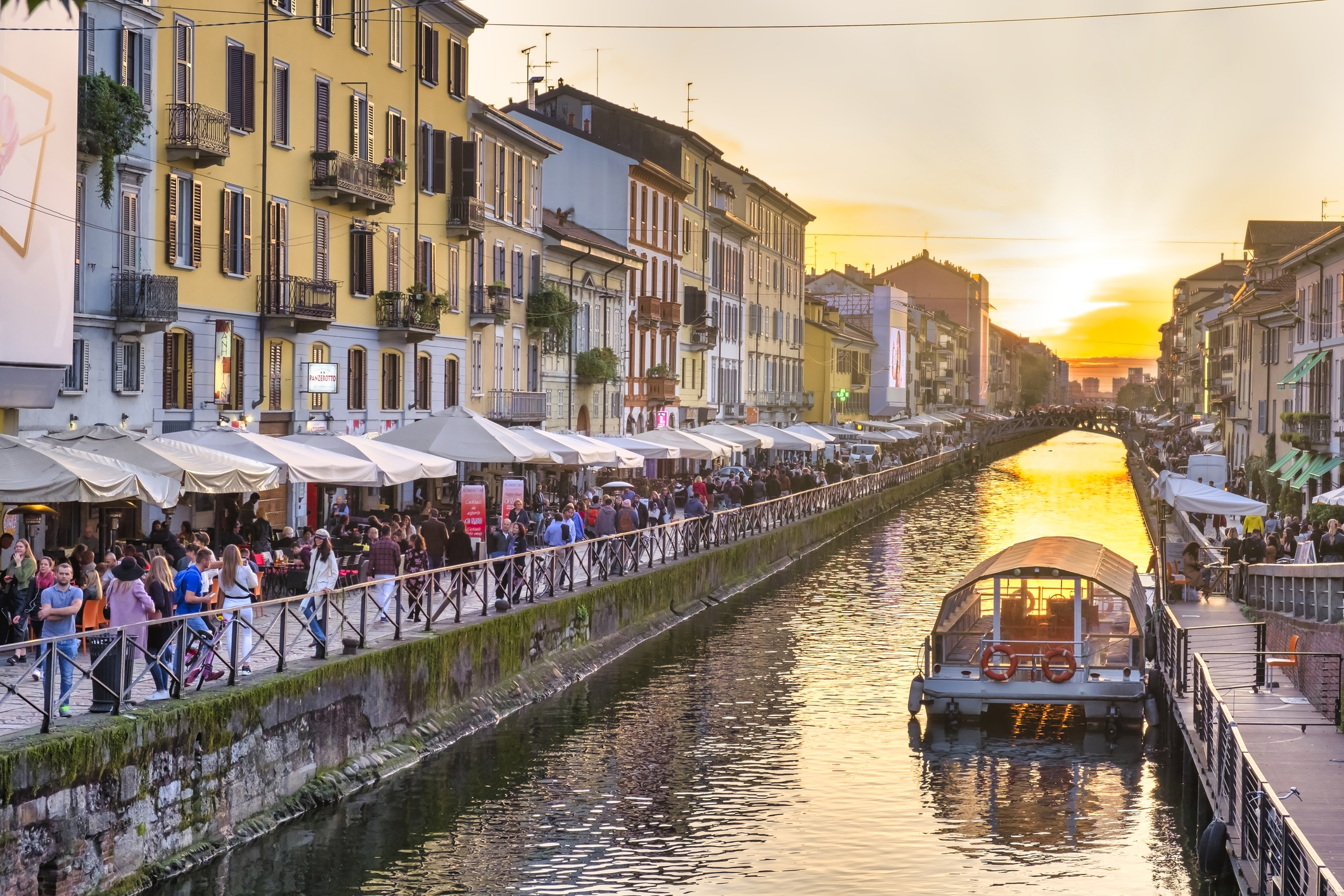The Roman Empire was the largest empire in classical antiquity, and among the most powerful economic, cultural, political and military forces of its time. At its zenith in 117 AD, it covered 6.8 million square kilometers and held sway over some 70 million people, or 21% of the world’s entire population.
The Roman Empire is also known for the culture it helped to preserve: Latin and Greek language, religion, inventions, philosophy, law, and architecture.
Many Roman contributions to architecture are still used today, and Roman structures still stand after more than 2,000 years. Roman roads are considered the most advanced ever built until the early 19th century, and Roman bridges were among the first large and lasting bridges, built from stone with the arch as the basic structure.
The Romans were also famous for their hydraulic systems. They built dams and reservoirs for water collection, some famous and also still in use.
Romans aqueducts were built to a technological standard not to be equaled until modern times. These masonry channels carried water from distant springs and reservoirs along a precise gradient, using gravity alone. After the water passed through the aqueduct, it was collected in tanks and fed through pipes to public fountains, baths, toilets, or industrial sites. Consider for example that the complex system built to supply Constantinople had its most distant supply drawn from over 120 km away along a sinuous route of more than 336 km.
Now, while excavating the new subway C line in Rome, Italian archaeologists have unearthed the largest Roman water basin ever found, right in the heart of modern Rome.
The discovery is located near St. John in Lateran Basilica, at a depth of 65 feet. Its dimensions, 115 feet by 230 feet, make it the largest Roman water basin ever discovered.
“No other basin from ancient Roman agriculture is of comparable size. It’s so big that it goes beyond the perimeter of the metro work site. It has not been possible to uncover it completely,” said Rossella Rea, the dig’s director, at a news conference in Rome.
Rea, who led an all-woman team of archaeologists, noted the basin was lined with hydraulic plaster and most likely extends, still preserved, beyond the work site toward the ancient city walls.
“On the basis of the size that had been determined so far, it could hold more than four million liters (1 million gallons) of water,” added Rea.
The massive basin was part of a farm dating to the third century B.C. In the first century A.D., the basin was added to existing structures, such as water wheels, used to lift and distribute the water along canals.
“Most likely it served as a water reservoir for crops as well as an area that made it possible to cope with overflows from the nearby river,” Rea said.
Rea believes the basin also extends towards the existing metro station of the A line, although most of the structure almost certainly has been destroyed and was never reported to authorities.
The excavation, also carried out by archaeologists Francesca Montella and Simona Morretta, brought to light various related agricultural items, such as a three-pronged iron pitchfork, and remains of storage baskets made from braided willow branches.
Rea said that some findings will eventually be put on display in the St. John’s subway station, while other artifacts will be moved to Rome museums.
Another good reason to take the new subway as soon as it opens!































